Antarctic Documents Database

Header images © Andrew Jackson
About ATADD
ATADD contains national and international documents relating to Antarctic law and policy. It is based on documents collected by international lawyer, Bill Bush. Between 1982 and 2003, many of the documents were published by Oceana in: W M Bush, Antarctica and International Law: A Collection of Inter-State and National Documents. These eight volumes are a cornerstone of research into Antarctic law. They brought together otherwise dispersed documents and were supplemented by comprehensive cross-referencing and expert annotations that explain the documents’ significance and historical context.
By making the full collection accessible, ATADD is much greater in scope than the items published by Oceana. It includes documents from over 30 countries in several languages. There are currently over 4600 database entries, but the quantity of individual documents included far exceeds that number and there are over 75,000 scanned pages. ATADD complements existing Antarctic document sources which include the collections at the Antarctic Treaty Secretariat and the Commission for the Conservation of Antarctic Marine Living Resources, various national archives, and other research institutions. A grant by the Australian Research Council (ARC) made possible the digitisation of the collection under the ARC Linkage Infrastructure, Equipment and Facilities funding scheme. The Bush volumes, long out of print, are included in ATADD by permission of Oxford University Press, USA.
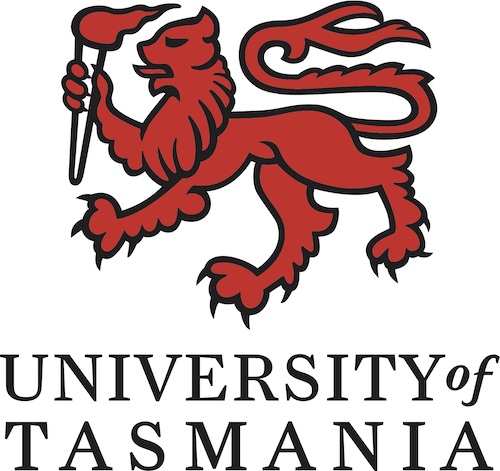


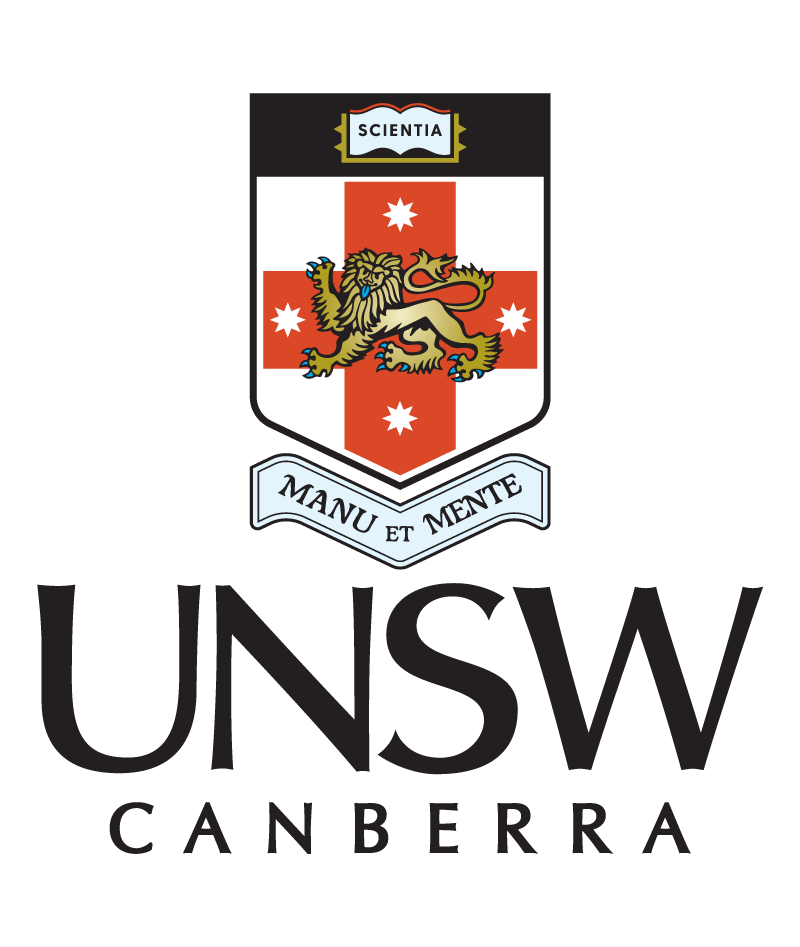
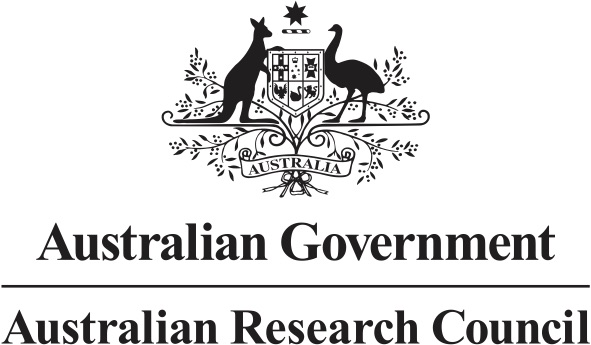
History of the collection

The various national and international documents that comprise ATADD were collected over a number of years to support the Antarctic law and policy interests of Bill Bush. The immense effort to collect the original documents is described in the Bush volumes and is clearly evident from the breadth of the material presented.
In the absence of a central repository, access to Antarctic documents had been difficult for researchers and practitioners in the field. Production of the four original hardbound volumes was particularly timely because of the then concurrent expansion of interest in Antarctica: for example, the Commission for the Conservation of Antarctic Marine Living Resources (CCAMLR) had just entered into force; diplomatic negotiations were underway on a minerals regime (CRAMRA, which never entered into force); there was conflict in the South Atlantic; accessions to the Treaty were increasing; and growing attention to Antarctic affairs in the United Nations. Understanding these developments was greatly helped by access to key documents. The work continued with the collation of material for the four loose-leaf binders which provided new material and updates. The creation of ATADD makes the full collection accessible.
One of the great achievements of the Bush volumes was the bringing together of otherwise dispersed documents and the publication of many of them in full or in extract. Most significantly, Bill’s comprehensive cross-referencing and expert annotations explain the significance and historical context of the published documents.
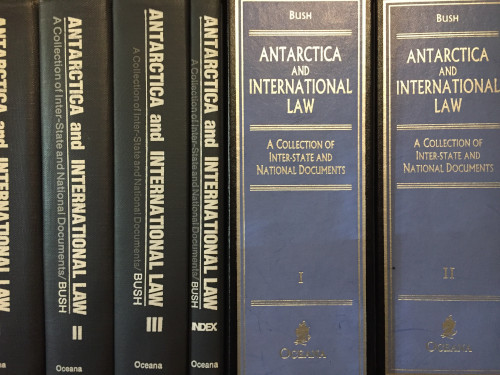
In 2016, the collection of documents was given to Australian Antarctic scholar Andrew Jackson to support research into the evolution of law and policy in the Antarctic Treaty System (ATS). A subsequent ARC Linkage Infrastructure, Equipment and Facilities funding scheme grant made possible the digitisation of the collection. That project took just over one year to complete and the full document collection now appears in ATADD, including the previously published content.
As the ATS is central to the study of contemporary Antarctic law and policy, access to the records of the Treaty forums is essential. Since 2004, the Secretariat of the Antarctic Treaty has made available many of the records of the Antarctic Treaty Consultative Meetings and related information. But even today, the centralised Treaty records are incomplete. Since 1982, documents related to the regulation of Antarctic marine living resources have been captured in the CCAMLR database, but there are also some gaps. Many of the missing ATS and CCAMLR documents can be found in ATADD. Additionally, the Bush collection includes national and inter-governmental documents not generated within the ATS. This database therefore complements existing document collections at the Secretariat of the Antarctic Treaty in Buenos Aires, the Hobart headquarters of the Commission for the Conservation of Antarctic Marine Living Resources, various national archives, and those at other research institutions. With the Bush collection as its core, it is hoped that ATADD will become an ever-growing database of Antarctic law and policy documents to which other researchers contribute and from which even more researchers gain benefit.
Digital documents
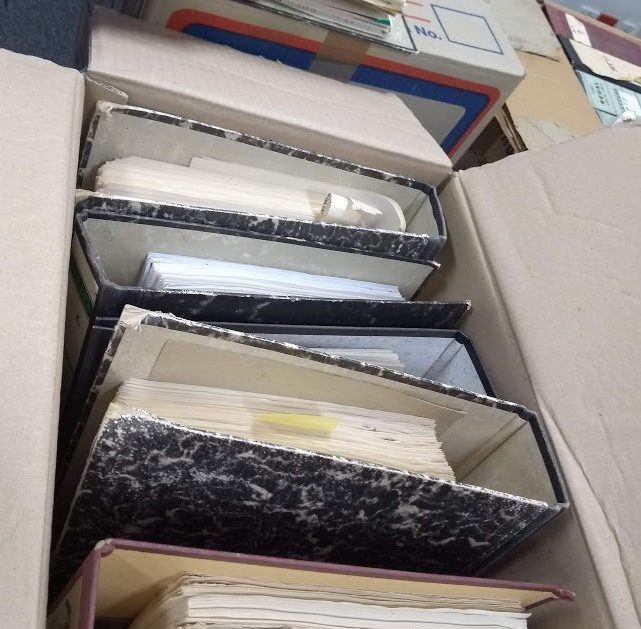
The database provides PDF copies of the documents that can be read, searched, downloaded and printed for personal research and study purposes. The scans are faithful reproductions, as good as the scanning techniques allowed. Users will note that many documents contain annotations, crossing out, etc – these have retained the integrity of the work of Bill Bush. Generally, such markings do not affect the legibility of the primary document. The quality of document scanning for this database is very high, obviating the need to access the original documents. In some cases, the scanning process may have inadvertently included unrelated documents (such as the reverse side of recycled paper). These should be ignored. Bona fide researchers needing to resolve scanning errors should contact Andrew Jackson (andrewj@utas.edu.au).
Further information
Questions and suggestions concerning the database are welcome using the feedback form.
Acknowledgments
This project was made possible by:
- Bill and Mary Bush, Canberra
- University of Tasmania Library
- Prof Marcus Haward, Institute for Marine and Antarctic Studies, Hobart (Lead Chief Investigator)
- Dr Jeffrey McGee, Institute for Marine and Antarctic Studies, Hobart (Chief Investigator)
- Prof Timothy Stephens, University of Sydney (Chief Investigator)
- Prof Stuart Kaye, University of Wollongong (Chief Investigator)
- Prof Shirley Scott, University of New South Wales at Canberra (Chief Investigator)
- Andrew Jackson (Project team and document custodian)
- Kim Shaw (Project team)
- Barbara Zimmerman (Project team)
- Ian Apted (Project team)
- Juliet Beale, University of Tasmania Library (Consultant)
- Document scanning was done by Steve Ktori and staff at Acrodata Tasmania Pty Ltd
- Antarctica and International Law: A Collection of Inter-State and National Documents (volumes I-IV, binders I-IV) is reproduced by permission of Oxford University Press, USA.
- This project was partially funded by the Australian Government through an Australian Research Council Linkage Infrastructure Equipment and Facilities Grant (LE180100022)
- Header photographs of Antarctica © Andrew Jackson
How to use ATADD
Browse the collection
- On the left side of the page, click on one of the 7 series to browse, such as "National Antarctic Documents" or "Antarctic Treaty regime documents"
- The entries for the series will be retrieved and displayed
- Scroll through the thumbnails or the titles on the left, or use the "browse as list" and "browse digital objects" to show more information
- Double click an entry to view it. Double click the image to directly open and scroll through the document. Tick the box if you accept the conditions for access
Search using a word or phrase
- At the top of the page, enter the word in the search box and hit return. Enter two words if you want results containing either of those words
- For a specific phrase, enclose the search terms in quotation marks ("xxxx")
- The entries including that word or phrase will be retrieved and displayed in a list
- Scroll through the thumbnails or titles, or use the "view" and "sort by" options to arrange the list
- Double click an entry to view it. Double click the image to directly open and scroll through the document. Tick the box if you accept the conditions for access
Tip: Narrow your search by using the "Advanced Search" option and selecting an appropriate field. For example:
- "Title" – searches document titles only
- "Scope and content" – searches document description only
- *Further options: Select "Add new criteria" to add or subtract search terms. This can be done in combination with use of the available search fields
Tip: If documents not related to Antarctica are returned, look in the list of archival institutions to make sure you are searching only in the Antarctic Documents Database - this is because ATADD lies within the University of Tasmania Special and Rare Collections site which includes other digital archives.
Search by date
- Use the "Advanced search" page and "Filter by date range"
- Enter the relevant date or date range
- Press "Search" at the bottom of the page
- The relevant entries will be retrieved and displayed
- Scroll through the thumbnails or titles, or use the "view" and "sort by" options to arrange the list
- Double click an entry to view it. Double click the image to directly open and scroll through the document. Tick the box if you accept the conditions for access
Tip: dates are in the "yyyy-mm-dd" format. For some documents it will help to broaden the date range.
For example: A document from a certain meeting might be entered under the first day of the meeting, rather than the day on which it was circulated at a meeting. To find the dates of ATCMs, SATCMs and CCAMLR meetings, visit https://www.ats.aq and https://www.ccamlr.org/.
Search within the digital documents
Typed and typeset documents in ATADD are, in most cases, searchable by their content.
- Insert a search term on the "Advanced search" page
- Select the "Digital object text" field
- Documents containing that search term will be retrieved and displayed
- Scroll through the thumbnails or titles, or use the "view" and "sort by" options to arrange the list
- Double click an entry to view it. Double click the image to directly open and scroll through the document. Tick the box if you accept the conditions for access
- Use your PDF viewer to find that term within a document you have retrieved
Tip: searching the digital object text uses optical character recognition to look for the term in the PDFs. Results depend on the quality of the scan and the readability of the text. This option can be used in conjunction with other searches or can be excluded if too many documents are returned.
Search for a country
- Insert the country name in the search box at the top of the page, or in the "Advanced Search"
- It is also possible to search using the ISO Alpha-2 country code in the "Reference code" field
- Entries connected with that country or code will be retrieved and displayed
- Scroll through the thumbnails or titles, or use the "view" and "sort by" options to arrange the list
- Double click an entry to view it. Double click the image to directly open and scroll through the document. Tick the box if you accept the conditions for access
Tip: for some searches it may be helpful to search using both the noun and adjective form – for example, by searching for "France" or "French". The ISO Alpha-2 country codes can be found at: https://datahub.io/core/country-list
Using Boolean operators to refine your search
- Boolean operators can be used alone or in conjunction with other search terms to expand or refine a search, for example: quotation marks ("xxxx") for an exact match of a specific phrase; and a asterisk (*) for use as a wildcard
- Entries meeting the search criteria will be retrieved and displayed
- Scroll through the thumbnails or titles, or use the "view" and "sort by" options to arrange the list
- Double click an entry to view it. Double click the image to directly open and scroll through the document. Tick the box if you accept the conditions for access
Tip: Boolean operators and, or, not can be accessed using the "Add new criteria" search fields.
Print or save the search results
- Select "print preview" from the top of the list of documents found
- Print the document or save as a PDF to your computer
Tip: The printed or saved page will record the search terms used.
Print or save a document
- Double click to open the document. Tick the box if you accept the conditions for access
- Print the document using your web browser's print commands
- Save the document using your web browser's download commands
Note: material in this database is made available for personal research and study purposes under the University of Tasmania Standard Copyright Licence and, for the documents in Series 7, by permission of Oxford University Press, USA. For any further use permission should be obtained from the copyright owners.
Further search tips
- Increase results by trying a generic search term. For example, the user might try "law of the sea" as well as "maritime boundaries"
- Synonyms might be worth trying. For example, a search for documents on the sinking of ships might try "sinking", "disaster", "oil spill", etc
- Some countries might be referred to in different ways. For example, try both "Great Britain" and "United Kingdom"
- Generally, the database uses Australian English. For example, "ise" is preferred to "ize" (except for formal titles using the latter from, such as "World Meteorological Organization"). However, because optical character recognition is used, searches within the digital documents might be expanded by using alternative spellings
- For information on the use of more specific Boolean operators, visit: Boolean Operators documentation - Access to Memory (AtoM)
Antarctic Treaty System documents
This database includes some documents that also appear on web sites maintained by the Antarctic Treaty Secretariat in Buenos Aires and the Hobart headquarters of the Commission for the Conservation of Antarctic Marine Living Resources. The documents not on the ATS or CCAMLR web sites at the time of compiling the database may be found by search for the text string "ATS web site" or "CCAMLR web site".
How to cite ATADD documents
Documents from this collection referred to in academic research and publications should acknowledge "ATADD Antarctic Documents Database". The recommended form of citation is the unique reference code, which is also handwritten on the first page of the PDF document – for example: AU-ATADD-1-BB-FR-30. This example has been generated as follows:

AU = Australia; ATADD = Antarctic Documents Database; 1 = Series (1 to 7); BB = Collector (Bill Bush); FR = ISO Code (France); 30 = Consecutive Number
Copyright
This database reproduces the Bill Bush collection. The materials included here are made available for personal research and study purposes under the University of Tasmania Standard Copyright Licence. For any further use, permission should be obtained from the copyright owners. Access to some items may be restricted. Copyright holders who believe that a document has been included inappropriately should contact special.collections@utas.edu.au and request appropriate action, including insertion of a specific copyright statement for the material involved. The Bush volumes are reproduced here by permission of Oxford University Press, USA.